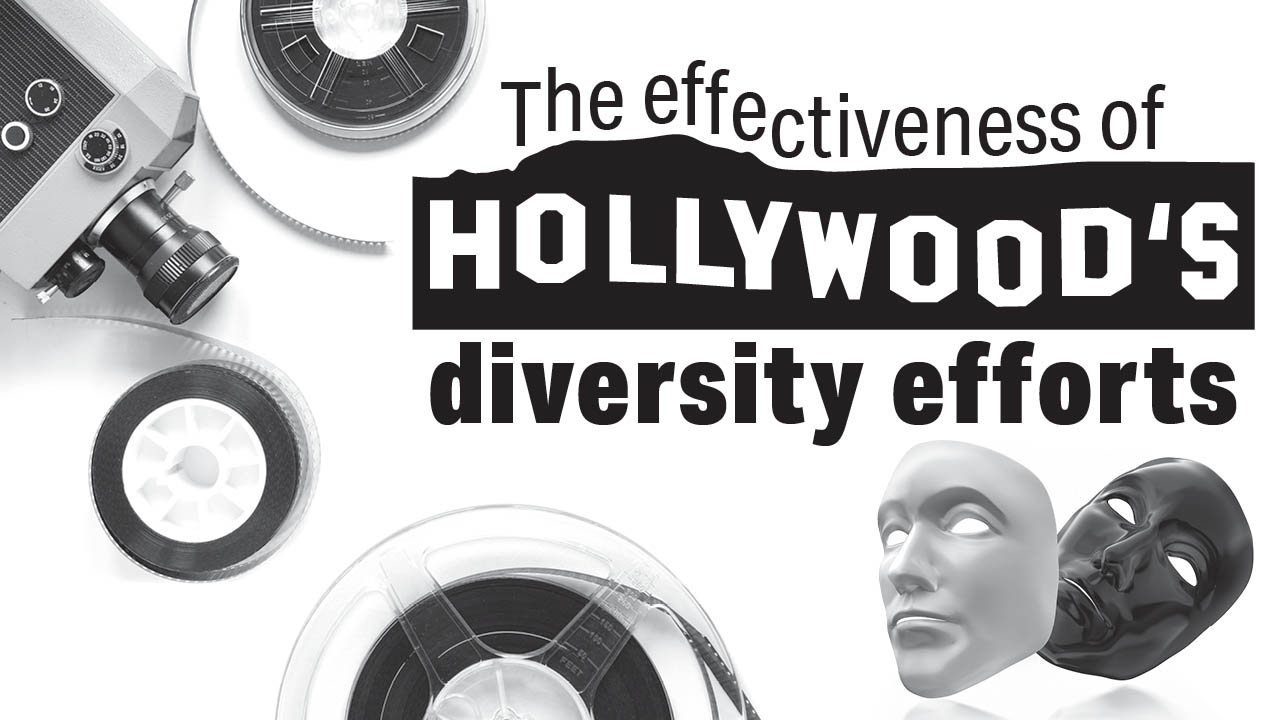The effectiveness of Hollywood diversity efforts
 CREDIT: FSU PUBLICATIONS AND COMMUNICATIONS DEPARTMENT.
CREDIT: FSU PUBLICATIONS AND COMMUNICATIONS DEPARTMENT.Anyone who’s been keeping up with current social media trends can easily see the importance and the power behind diversification in media. Whether this comes in the form of choices in actors, the decisions of writers, or the groundbreaking works of new directors, we’re seeing diversification growing on the silver screen.
As prevalent as this has become though, it has definitely had its ups and downs. Many people are still clinging to the older ways in the industry, with gender diversity and racial diversity being two prevalent issues in the field. At the forefront racially is what’s known as “whitewashing,” which is defined as “altering in a way that favours, features, or caters to white people, such as: to alter by casting a white performer in a role based on a nonwhite person or fictional character.”
It’s hard to track down the first occurrence of this, but it can roughly be traced back to the film The Birth of a Nation directed by D.W. Griffith from over a hundred years ago in 1915, which heavily featured blackface in its tale of the US Civil War.
This, of course, has carried forward into more current media with movies such as Ghost in the Shell, The Great Wall, and even more popular films such as Doctor Strange, turning away to cast white actors over casting based on the actual race and features of the source material.
In 2022, UCLA released a 70-page report titled the Hollywood Diversity Report 2022, which took account of the percentage of racial diversity in the TV and film industry. The study covered everything from lead actors, directors, to writers and more.
For lead actors, 56.9 per cent of the roles given were to white actors, with Black actors accounting for 18 per cent, and other minorities accounting for the remaining 25.1 per cent.
As separate as these numbers appear, they get further distanced when looking behind the scenes at directors and writers, with the industry consisting of 69.8 per cent white directors and 67.7 per cent white writers. While all these numbers have been steadily increasing over the years due to the growing attention in pop culture, they aren’t quite even with where they should be quite yet.
Gender diversity also remains an existing problem in the space. The same UCLA report shows that of all the active Hollywood writers, only 33.5 per cent were female. This number dips further for directors with only 21.8 per cent being female and only one transgender director.
The main force behind change in the industry is coming from audiences themselves. Eight million people in Canada are people of colour, a number that is growing annually with 36 per cent of the population predicted to be people of colour by 2036. On top of this, over 50 per cent of the population is female. With these growing numbers of diversity in the country, more and more are fighting to equalize the work in Hollywood and in the workplace entirely.
According to a report done by the consulting firm McKinsey & Company, the want and need for diversity is also costing Hollywood, leaving plenty of money on the table in the form of a projected $10 billion annually.
There is some hope still, as there have been some major gains in certain areas over previous years, with declines for white-led and male-led actors in almost every field over. In 2020, a majority of the films that took home Academy Award wins were directed by people of colour and featured primarily minority led actors.
It’s clear to see the need for more active diversity in Hollywood both in front of and behind the camera. As long as the push behind audiences and moviegoers is still prevalent, it’s hopeful this trend of equal opportunity and diversity will continue forward.

















